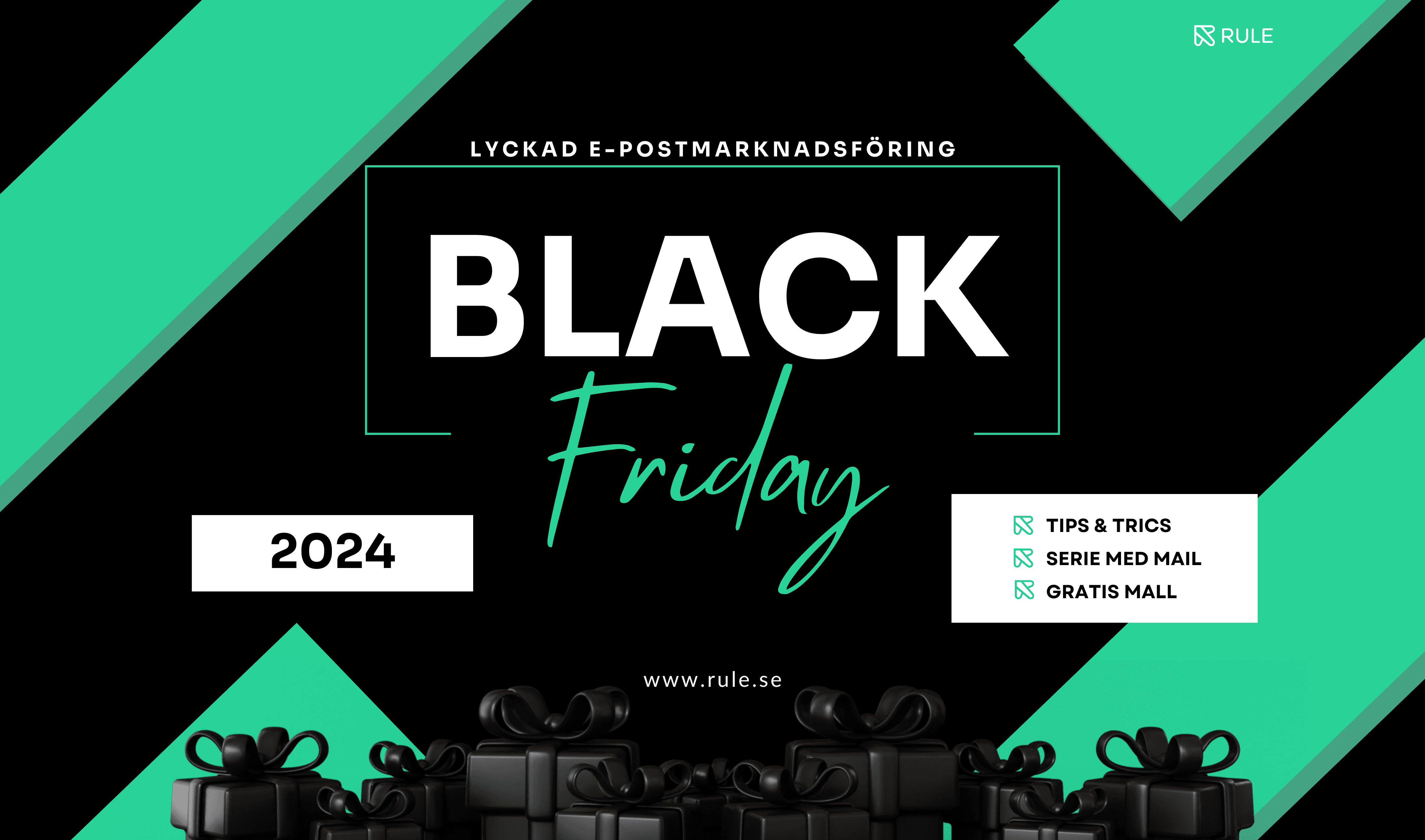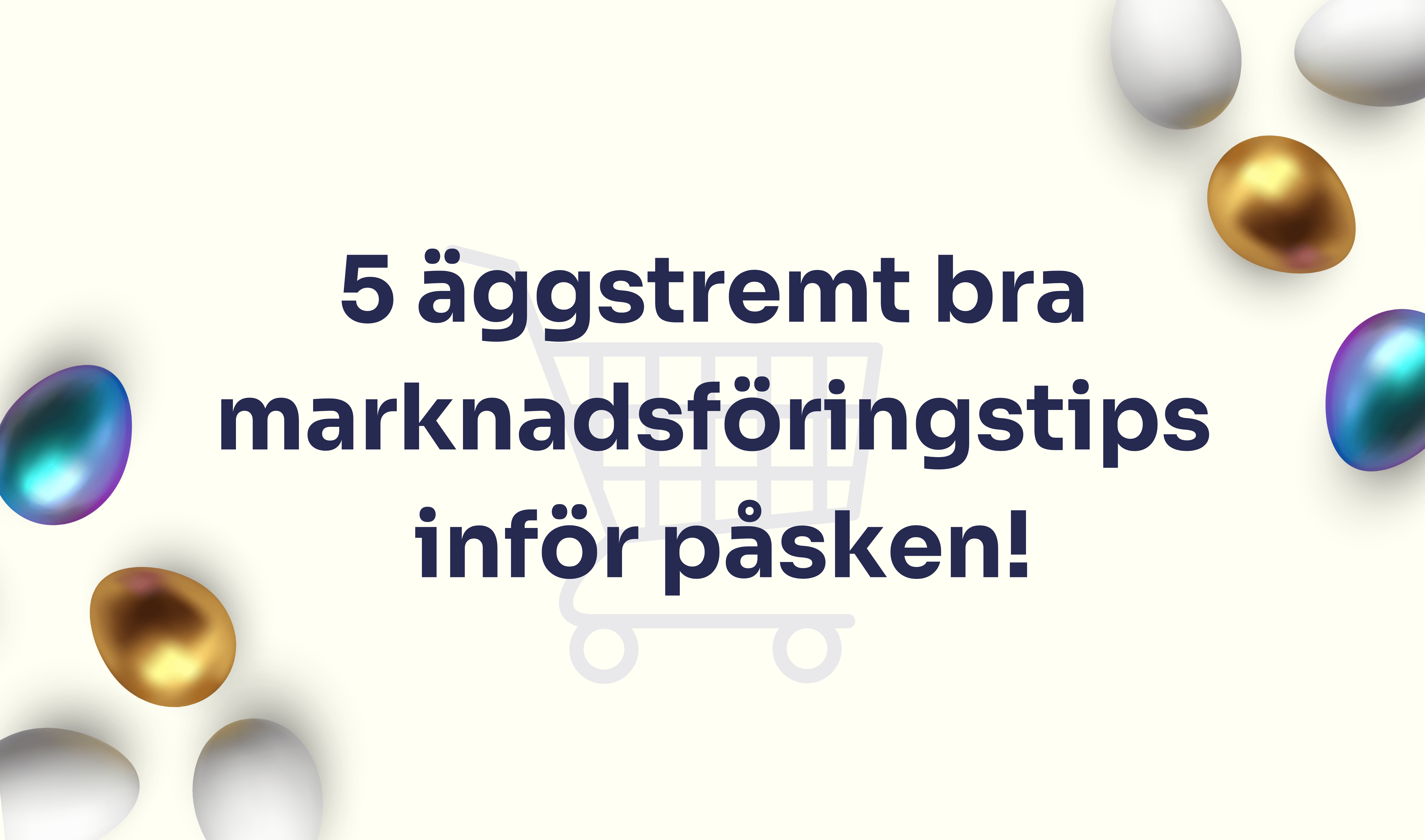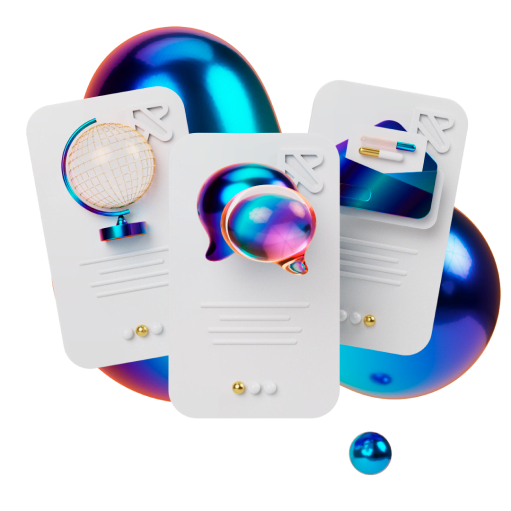That newsletters are an extremely effective marketing channel is nothing new. Through regular mailings, you can maintain continuous contact with your target group and thus get closer to them. Sadly, there are many newsletters that are never read and end up in the trash. The reason for this, can be due to various reasons. In this post, we will list 5 tips and tricks on how to avoid just that and how to create newsletters that reach all the way to the customer inbox.
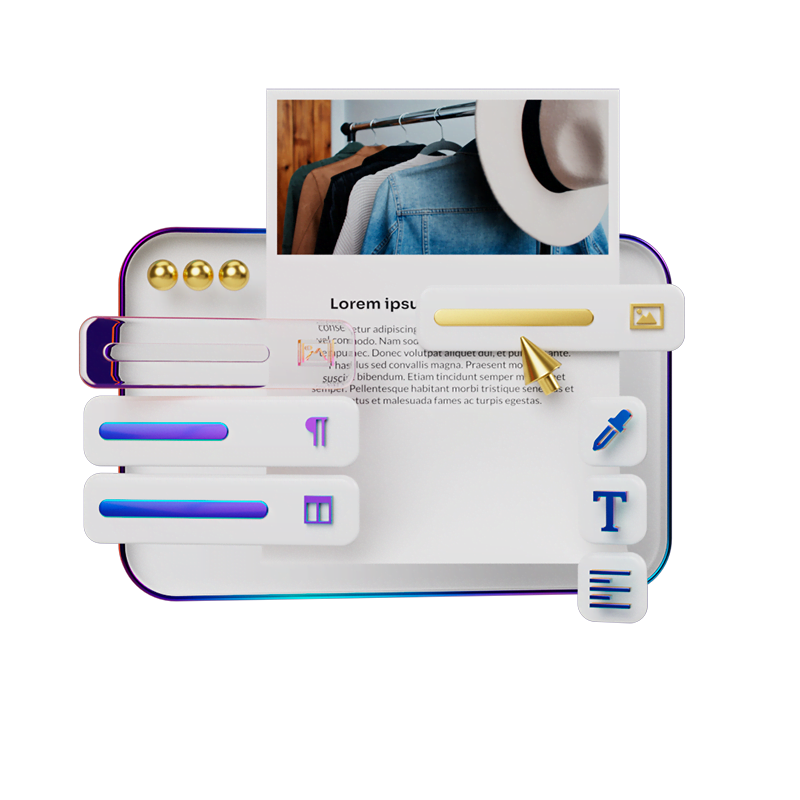
1. Do not thumb at the value, come to the most important thing first
That a customer has taken action and opened your newsletter is a win in itself, as a good opening frequency is between 18-23%. Therefore, it’s important not to waste the reader’s time and risk losing it, before it has even had a share of the value in your newsletter. Before you create your newsletter, you should sit down and think about what the purpose of the letter is for you who send it, but also what it fills in value for the customer who will read it. Once you’ve figured it out, make sure you get to the point quickly in the email, when you create newsletters.
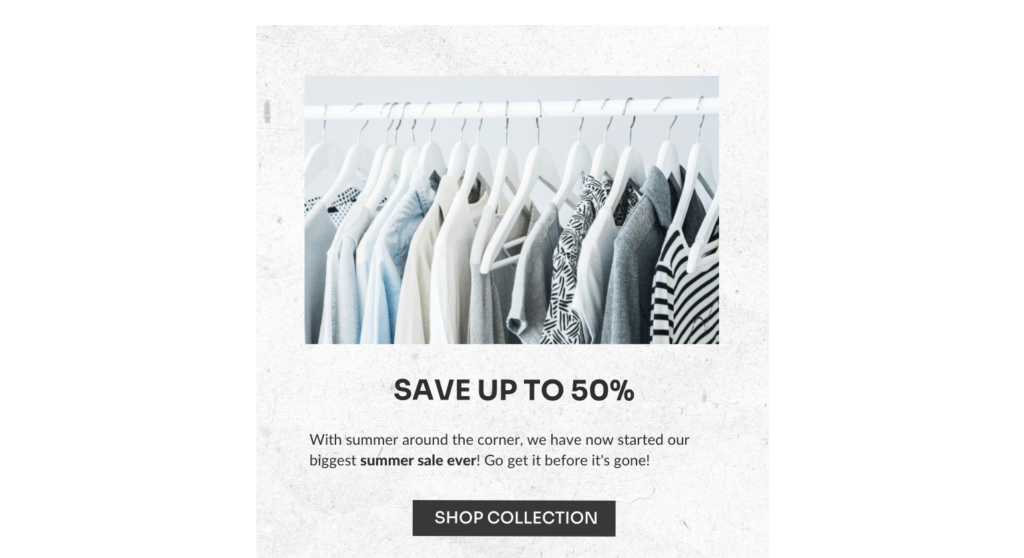
2. Create newsletters with a common thread
Once you have figured out what the purpose of your newsletter is, it is important that there is a common thread through it. Partly to create recognition, but also to integrate it with the rest of your marketing. An incoherent newsletter with scattered messages will both confuse and irritate the reader, which in turn can lead to the recipient choosing to unsubscribe. Therefore, make sure to structure your newsletter properly so that it is perceived as well thought out. A simple trick is to decide beforehand a theme for your newsletter or campaign mailing. When you then create newsletters, it will then be easier to know what kind of content, both written and visual, that you can include to weave everything together.
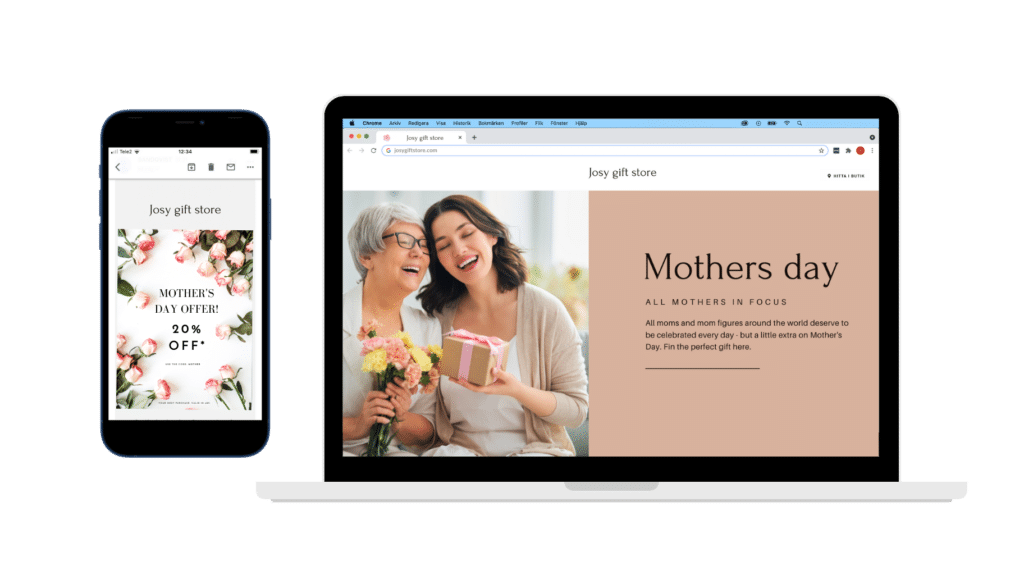
3. Capture the reader with the subject line
It’s a wishful thinking that everyone who has received your newsletter should also open it. What is absolutely decisive for whether the recipient will choose to open it is the subject line. A captivating, enticing and interesting subject line will create curiosity in the customer, which in turn will lead to your newsletter being opened. For example, you can use personalization in your subject line and write things like “This is what your 2021 looked like” or “A gift for you”. All messages that are tailored and personalized usually have a greater impact on the reader, as the content feels both more relevant and important to it.

4. Create newsletters and A / B test them
Through A / B testing, you don’t have to guess on what you think interests your customers the most, you can actually find out. This means that you send two different variants of your campaign to a small part of your target group, to see which of them engaged the recipient the most. Some things you can A / B test are:
- Subject line
- CTA buttons
- Image content
- Headings
- Time / day
- Text content
As you follow up on your newsletters, you will notice that some have performed better than others. Some will have a higher opening rate while others a higher CTR. Care should be taken to take advantage of these statistics. By analyzing the results of your previous newsletters, you can actually save both time and resources on reusing materials and concepts previously appreciated by customers. That way, you do not always have to think so it cracks, to create unique and accurate content. Then you have instead decided what your customers are inspired by and can start from that when you create newsletters.
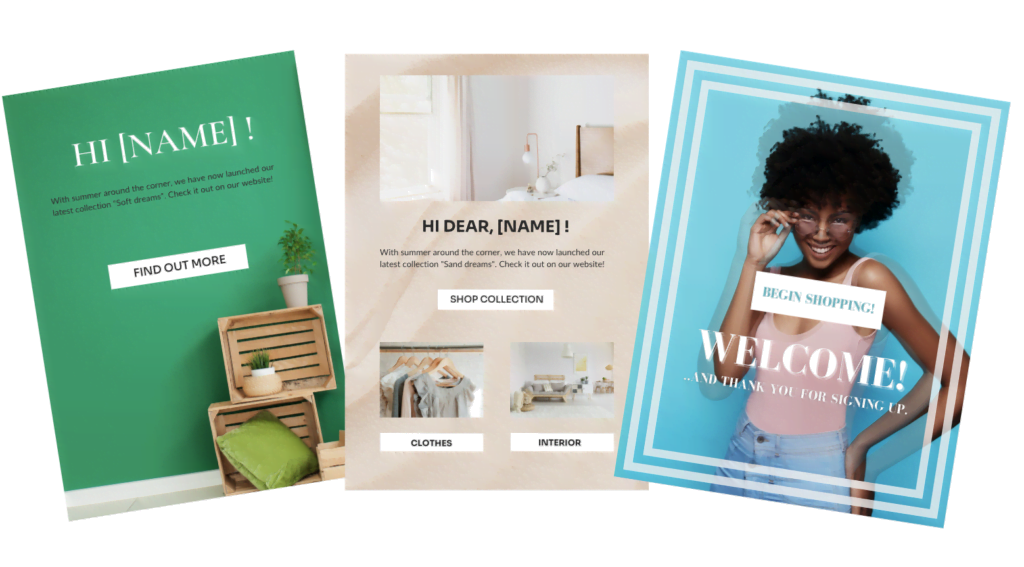
Keep in regular contact with customers
There is a fine line between sending newsletters too rarely and then with the risk of being forgotten, but also too often and then perceived as spammy. There is also no general rule for how often you should create and send newsletters, but you can have as a thumb rule to try to have some kind of continuity. For example, once a week, once a month, etc. Then the customer will not be disturbed by seeing your mailings in the inbox in time and out of time, but is instead then prepared for when they will be reached by your communication. Then it obviously depends on what industry you are in and above all, how often you have something important to say to your customers.



